SIGnetwork: January 2024
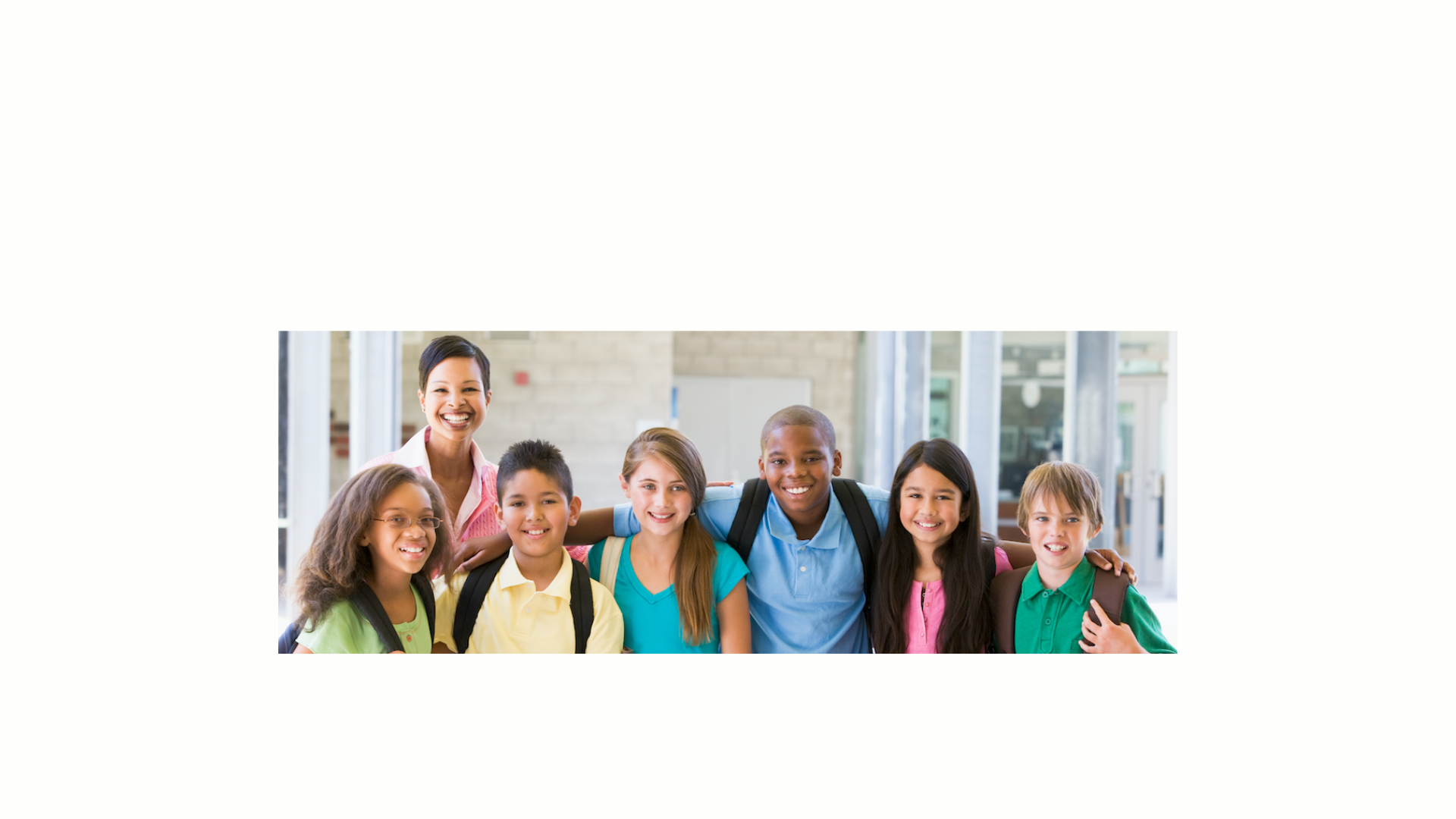
Welcome to the 37th issue of the SIGnetwork Newsletter published monthly for SPDG projects and their partners to learn about upcoming events, the latest relevant research, TA resources and training, and, most importantly, SPDG impact. We’re glad you're here!
Interested in reading past issues? Scroll to the end of this newsletter for links. Was this email forwarded to you? Subscribe here.
“The Art of Gathering” and You
Some of us have read the book, The Art of Gathering by Priya Parker. Even if you haven’t read it, you’ve experienced it, because we’ve been using “Art of Gathering” ideas for SIGnetwork convenings for the last two years. The following is our “Art of Gathering” origin story and our next steps…
Around three years ago I determined one area I wanted to improve. I wanted to be a better facilitator. I lead groups regularly and felt this was an important job to get right.
I searched for facilitator training, but nothing was a perfect match. Eventually I found “The Art of Gathering.” It was making a big splash, had fantastic reviews, and I loved the cover art!
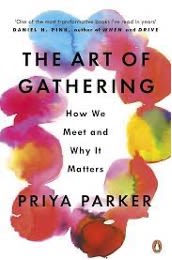
Kelsey, John, and I discussed a chapter each week and we soon accumulated a long list of ideas for SIGnetwork. Even the chapter titles are enticing:
- Decide Why You're Really Gathering
- Close Doors
- Don't be a Chill Host
- Create a Temporary Alternative World
- Never Start a Funeral with Logistics
- Keep Your Best Self Out of My Gathering
- Cause Good Controversy
- Accept That There is an End
This newsletter marks the start of a series covering each chapter. By the end of the series we hope you’ll have at least three ideas to use for your own convenings. We will want to hear from you: how have Parker’s ideas helped to make your gatherings more meaningful?
If you get a chance, ask John Lind why he takes issue with “Don’t be a chill host.” You can ask Kelsey Leib about creating a temporary alternative world. I’m very happy to share why it’s never a good idea to start a funeral with logistics.
In the meantime, Parker has provided a guide for hosting hybrid gatherings, which are challenging to make meaningful for both in-person and virtual guests. The Guide for Hosting Hybrid Gatherings provides rationales and tips to:
- Clarify the purpose of your hybrid gathering.
- Recruit a team of hosts.
- Identify moments of connection and independence.
- Think about ratios.
- Don’t skip the niceties.
A toast to more meaningful gatherings in the new year!

Jennifer, Kelsey, & John
News You Can Use

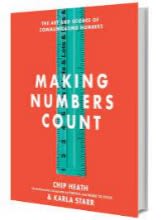
Making Numbers Count Book Club: 1st Meeting!
All are welcome to our 1st meeting. We’ll discuss the first section of Making Numbers Count: The Art and Science of Communicating Numbers, "Translate Everything, Favor User-Friendly Numbers" (intro to pg 17).
Early Childhood Work Group
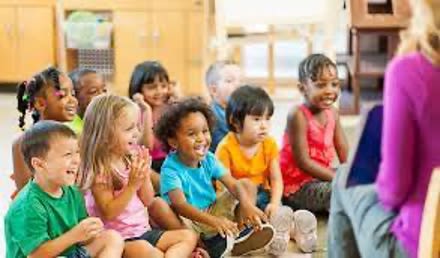
Tuesday, January 23rd from 3-4:00 the Early Childhood Work Group will meet for the first time. Whether your project has an early childhood focus or not, all are welcome! The group will be collaboratively led by OSEP and ECTA (the Early Childhood TA Center)
Please contact Sunyoung Ahn with questions.
OSEP-NASDSE Series for Potential SPDG Applicants
In 2020, OSEP and NASDSE (the National Association of State Directors of Special Education) collaborated to deliver a series of webinars focused on helping potential SPDG applicants begin thinking about elements they might include in a future application. Topics included building your grant on implementation science, how to develop an effective coaching system, and coherent data systems that support your project.
It's now 2024 and we’re updating this series. All States are invited, whether they have a current grant or not, and the recordings and slides will be publicly available.
The first session at 3:00 ET on Wednesday, February 7th will focus on “Deep Family Engagement” with two experts: Carolyn Hayer of the National Center for Parent Information and Resources and Joanne Cashman of NASDSE. Questions? Email Jennifer Coffey (Jennifer.Coffey@ed.gov) Please join us using the Teams information below:
Microsoft Teams meeting
Join on your computer, mobile app or room device
Click here to join the meeting
Meeting ID: 219 247 265 565
Passcode: GDfuzo
Download Teams | Join on the web
Or call in (audio only)
+1 202-991-0393,,711414100# United States, Washington DC
Phone Conference ID: 711 414 100#
Find a local number | Reset PIN
Learn More | Meeting options


SPDG Success!

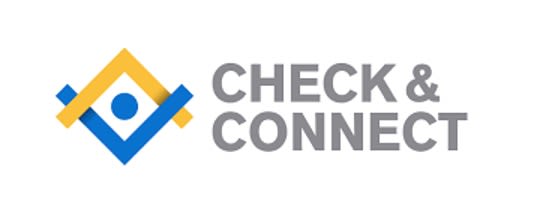
The Minnesota SPDG has the goal of increasing graduation rates of American Indian students with disabilities. They take a three-pronged approach: (1) the project supports Check and Connect, an evidence-based mentoring approach, in schools serving American Indian students with disabilities; (2) they support the recruitment and development of American Indian teachers; and (3) and provide support to Minnesota’s parent information and technical assistance center - PACER Center – to partner with and improve engagement with the families of American Indian students with disabilities. The State graduation rate for American Indian students with disabilities has increased from 48.9% (SY 2019-2020) to 53.0% (SY 2021-2022).
Improving Professional Learning

Experimental Evidence on the Robustness of Coaching Supports in Teacher Education
From the abstract: “Many novice teachers learn to teach “on the job,” leading to burnout and attrition among teachers and negative outcomes for students in the lg term. Preservice teacher education is tasked with optimizing teacher readiness, but there is a lack of causal evidence regarding effective ways to prepare new teachers.”
The researchers used a mixed-reality simulation platform, Mursion, to evaluate the causal effects and robustness of an individualized, brief, and highly directive coaching model for candidates enrolled in a university-based teacher education program.
The takeaway: The researchers found that short, targeted, and directive coaching significantly improves candidates’ instructional performance during simulated classroom sessions and that coaching effects were robust across different teaching tasks, study timing, and modes of delivery.
Julie Cohen, Anandita Krishnamachari, Vivian C. Wong, and Steffen Erickson, “Experimental Evidence on the Robustness of Coaching Supports in Teacher Education,” Educational Researcher (December 2023).
High-Quality Professional Development from the Council of Chief State School Officers CCSSO
States interested in developing strategies to increase the adoption of high-quality instructional materials should increase the number of teachers statewide who participate in high-quality professional development (HQPD) that is grounded in the skillful use of high-quality instructional materials.
The Importance of Instructionally Focused Professional Learning: This brief provides a research-based summary of what is known about high-quality professional learning that helps educators better plan and carry out instruction, resulting in student success. It also discusses how states can align teacher learning across the continuum from educator preparation through in-service support and explores various metrics for understanding and monitoring professional learning, including access, implementation, quality and efficacy.
Guidance for States on Supporting District Use of High-Quality Professional Learning Providers: CCSSO’s Guidance for States on Supporting District Use of High-Quality Professional Learning Providers was developed to provide states with information, tools, samples, and templates to streamline the process of supporting districts in selecting and using high-quality (HQ) professional learning (PL) providers. In this context, “high-quality” PL providers are organizations that support districts with professional learning that is, at minimum, content-specific, and often that is specific to the curriculum the district is implementing.
State examples and guidance:
- Rhode Island’s Educator Support Network: The Rhode Island Educator Support Network is a resource that aims to provide high quality professional learning opportunities to educators that center the whole child and is anchored in research and best professional practices. It includes many vendors that offer curriculum connected professional development.
- Delaware’s Professional Learning Partner Guide: The Delaware Professional Learning Partner Guide is a list of partner organizations that have exhibited expertise around professional learning and coaching—especially professional learning connected to curriculum. Their supports extend to encompass multiple stakeholders including classroom teachers, school leaders, and district leaders in their efforts to provide high quality instruction to students.
- Professional Learning Partner Guide: Rivet Education’s Professional Learning Partner Guide (PLPG) is a curated list of national and local professional learning providers that have the expertise to support the adoption and implementation of high-quality instructional materials (HQIM). The PLPG serves as an important resource for school, district, and state leaders who are eager to invest in support that is most likely to improve teaching and learning across their system. Each organization featured in the guide has undergone a thorough review process by a trained team of educators from across the country. The guide includes details such as the types of services each organization provides, the HQIM they support, clients with whom they are best suited to work, and how their professional learning promotes culturally responsive instruction.
Family Engagement Done Well

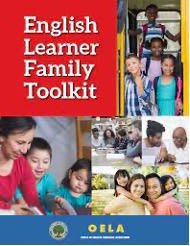
New! From the US Department of Education: English Learner Family Toolkit
The Minnesota SPDG’s Parent Center partner, PACER, is engaged in meaningful activities to create community connections, provide advocacy and support, strengthen family knowledge, and invest in the work for indigenous students who have disabilities:
Creating Community Connections via school Powwows and meeting with the Indian Health Board of Minneapolis.
Providing Advocacy and Support via district open house events, conferences, and 1:1 advocacy and support to Native families.
Strengthening Family Knowledge via statewide presentations (“Your Role, Your Rights, Your Voice: Understanding Special Education to Support Your Native American Child Family”), resource development (“A Family Guide to Understanding Special Education”), and parent empowerment.
Investing in the Work via direct work with districts, monthly meetings, and building PACER’s capacity to serve Indian Country.
Spotlight on OSEP and ED-funded TA & Technology

Maximizing the Benefits of the Strategic Planning for Continued Recovery (SPCR) Initiative
What is the SPCR Initiative?
The SPCR initiative aims to support state educational agencies (SEAs) as they sustain effective programs funded by ESSER/ESF. If you are an SEA looking to continue prioritizing investments through financial planning to ensure access and opportunities for all, the SPCR is for you.
The SPCR focuses on supporting SEAs to implement six strategies: (1) Determine impact of investments; (2) Prioritize efforts for recovery & transformation; (3) Achieve sustainability through financial planning; (4) Ensure access & opportunity for all; (5) Communicate impact of investments; (6) Support/sustain systemic capacity building. Applying five existing levers SEAs use to engage with LEAs: 1) Grantmaking; 2) Monitoring; 3) Policies; 4) Technical Assistance; 5) Partnerships.
Through the SPCR, States can participate in a variety of capacity-building supports, including:
- A webinar series - attend live or watch a recording (January 11, February 1, April 4, May 2 at 4pm ET);
- Opportunities to learn from and share with other SEAs-and join the Cross-SEA Collaboration Sessions;
- Individualized consultations with SPCR initiative content experts to get support on the challenges your SEA is having; and
- Videos and tools on the the SPCR | Comprehensive Center Network (compcenternetwork.org) webpage.
SEAs will not incur any costs for participating in this initiative and will have the opportunity to work with SPCR content experts to tailor the supports to their specific needs.
The National Comprehensive Center (NCC) and the U.S. Department of Education (ED) want to learn more about your efforts to support sustainability of effective ESSER/ESF investments and what additional supports you seek related to the six SPCR strategies noted above. Please complete this short survey to inform the content for the Cross-SEA Collaboration Sessions and individualized consultations.
Evaluators' Corner

OSEP has released 10 new 2021-22/ 2022 data files on ED’s Open Data Platform. For ease of navigation, please refer to OSEP’s IDEA Section 618 Data Products website to access the data files. The “Resources” tab for each collection provides the data notes and data file documentation.
- SY 2021-22 Part B Assessment
- SY 2022-23 Part B Child Count and Educational Environments
- SY 2021-22 Part B Discipline
- SY 2021-22 Part B Dispute Resolution
- SY 2021-22 Part B Exiting
- FFY 2021/ SY 2021-22 LEA MOE Reduction and CEIS
- SY 2021-22 Part B Personnel
- 2022-23 Part C Child Count and Settings
- 2021-22 Part C Dispute Resolution
- 2021-22 Part C Exiting
As a reminder, the IDEA Section 618 data are displayed and published in user-friendly forms in:
The Annual Report to Congress & OSEP Fast Facts
If you have any questions, please contact OSEP’s Research to Practice (RTP) Data Team at osepIDEAdata@ed.gov .
Tweets, Podcasts, & Videos of the Month

The School Leadership Show – Let’s Get Math Instruction Right
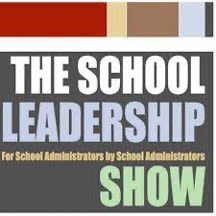
If You Have the Time

Biden-Harris Administration Announces Updated Resource to Support the Inclusion of Children with Disabilities in Early Childhood Programs
The U.S. Department of Education and U.S. Department of Health and Human Services today announced the release of an updated joint-policy statement on supporting the inclusion of children with disabilities in early childhood programs. The joint statement sets the expectation that inclusion continues as a child transitions into elementary school, emphasizes the need to increase public awareness and understanding of the science that supports inclusion of children with disabilities in early childhood programs and reinforces the legal foundations that support inclusion.
The HHS-ED Policy Statement on the Inclusion of Children with Disabilities in Early Childhood Programs includes a renewed commitment and urgency, as children with disabilities continue to face barriers accessing and fully participating in inclusive early childhood programs.
